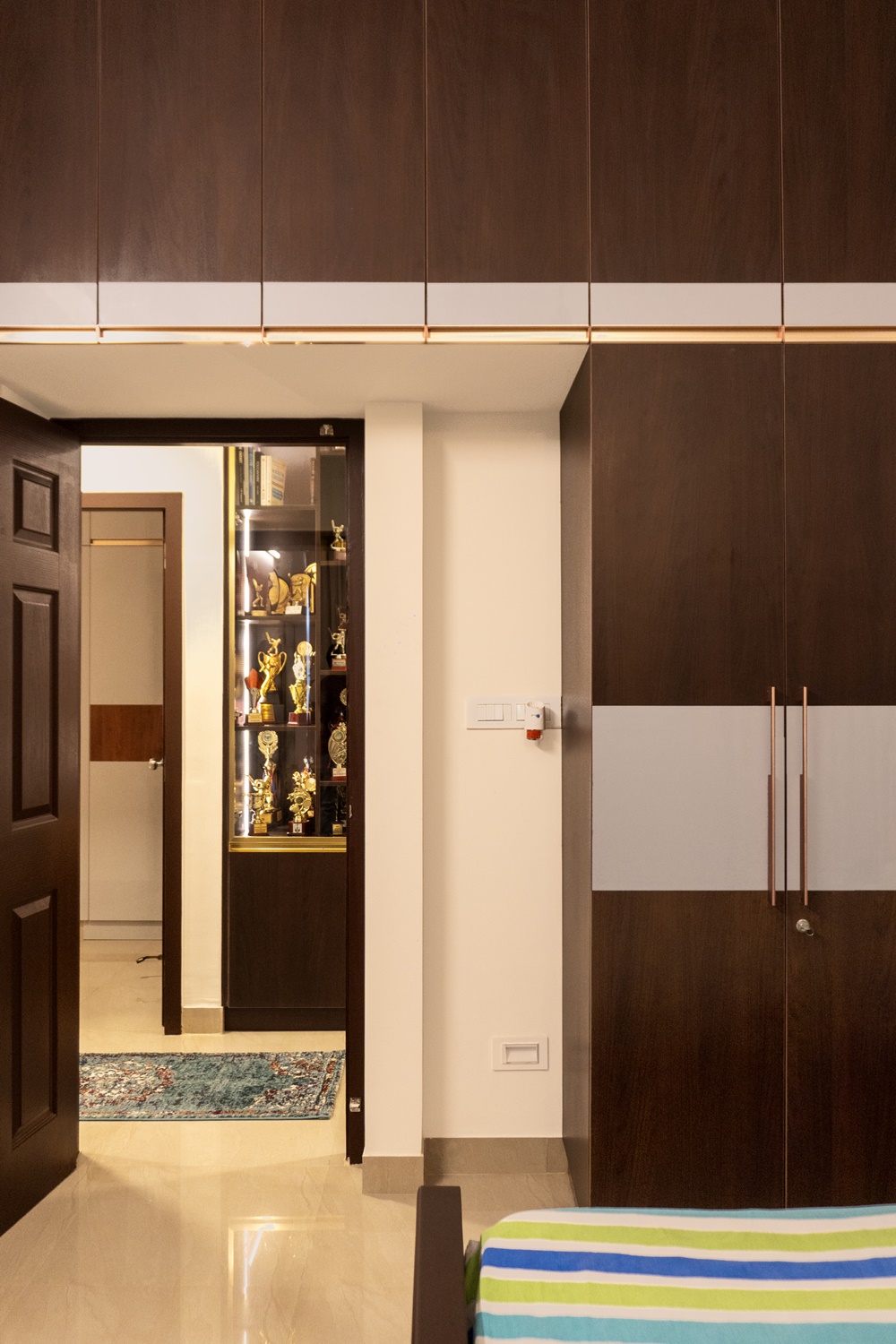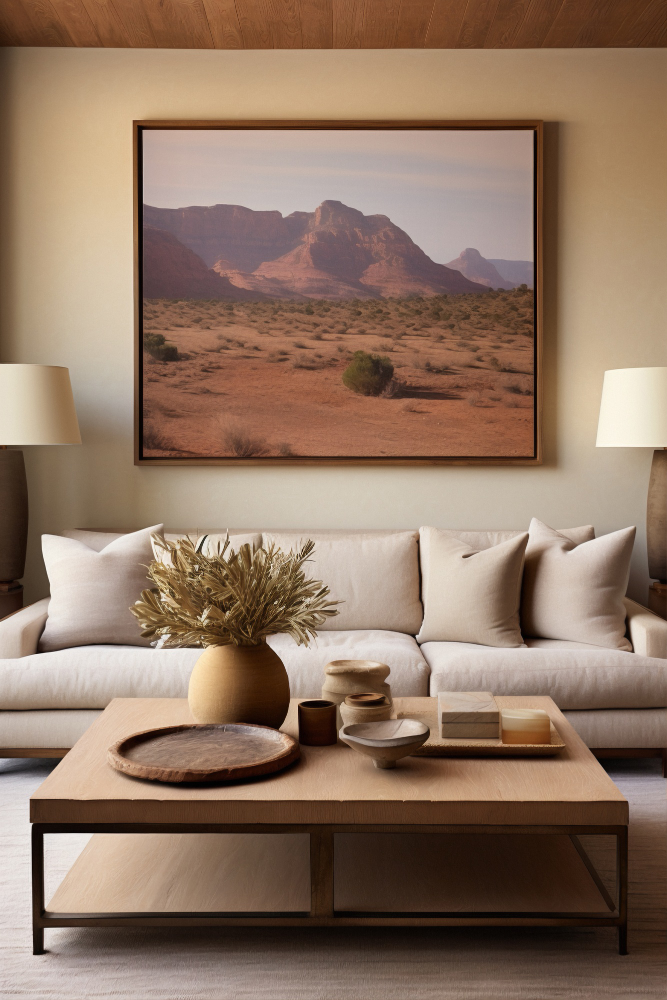
Wardrobe.
A wardrobe in a bedroom is an essential piece of furniture that serves both practical and aesthetic purposes, providing storage space while contributing to the room's design.
Features of a Wardrobe:
1. Material:
- Wood: Solid wood wardrobes (such as oak, pine, or walnut) bring a natural, warm look to the room. Veneered wood options are more affordable and come in a wide variety of finishes.
- Laminate/MDF: These materials offer durability at a lower cost, available in various colors and textures, from glossy finishes to wood-like appearances.
- Metal/Glass: For a sleek, modern touch, metal-framed wardrobes with glass doors or reflective surfaces are popular in contemporary bedrooms.
2. Types of Wardrobes:
- Standalone Wardrobe/Armoire: A freestanding unit that can be placed anywhere in the room, offering flexibility. These come in various sizes, from single-door to large multi-door options.
- Built-in Wardrobe: Custom-made to fit the dimensions of your space, these wardrobes are fixed into the room, making the most of available wall space. They can be designed to blend seamlessly with the room’s décor.
- Walk-in Wardrobe: A separate section or small room within the bedroom, outfitted with hanging rods, shelves, and drawers. This type offers maximum space for clothing, shoes, and accessories.
3. Storage Options:
- Hanging Space: Rails for hanging clothes like shirts, dresses, and coats. Some wardrobes have double rails (one above the other) to maximize hanging space.
- Shelves: Adjustable or fixed shelves for folded clothes, accessories, or shoes.
- Drawers: Built-in drawers inside the wardrobe for organizing smaller items like underwear, socks, or jewelry.
- Shoe Racks: Some wardrobes include a dedicated shoe section, with racks or compartments.
- Mirrored Doors: A functional feature that helps visually expand the space and serves as a full-length mirror.
4. Design Styles:
- Classic/Traditional: Wooden wardrobes with detailed carvings, paneled doors, and ornate hardware fit into traditional or vintage bedrooms.
- Modern/Minimalist: Clean lines, smooth finishes, and minimal hardware define modern wardrobes. Sliding doors, glossy finishes, and handle-less designs enhance the sleek look.
- Rustic: Raw wood textures, distressed finishes, and simple, sturdy structures give a rustic wardrobe its charm, perfect for country-style or farmhouse bedrooms.
- Industrial: Metal elements, dark wood, and exposed hardware contribute to an industrial wardrobe's urban and edgy look.
5. Door Types:
- Swing Doors: Traditional hinged doors that open outward, allowing full visibility of the wardrobe’s contents. They require more space in the room to open.
- Sliding Doors: Ideal for smaller rooms, sliding doors don’t need extra clearance to open, making them space-saving and sleek. They often feature mirrored or glass panels.
- Bi-fold Doors: These fold in on themselves, allowing more access than sliding doors while still saving space compared to swing doors.
6. Customization:
- Many wardrobes, especially built-in ones, can be customized to suit personal storage needs. Options include adjustable shelves, pull-out drawers, compartments for accessories, and dedicated spaces for specific items like shoes, bags, or ties.
7. Aesthetic Role:
- A wardrobe can serve as a statement piece in the bedroom, with eye-catching finishes, bold colors, or interesting textures.
- Mirrored or glass-front wardrobes reflect light and create the illusion of a larger space.
- It can be designed to complement other furniture like the bed and nightstands, maintaining a cohesive design theme.
Wardrobes are a key element of bedroom design, offering both functionality and style. Whether you opt for a freestanding or built-in wardrobe, the materials, storage solutions, and overall design can significantly impact the organization and aesthetic of the bedroom.


